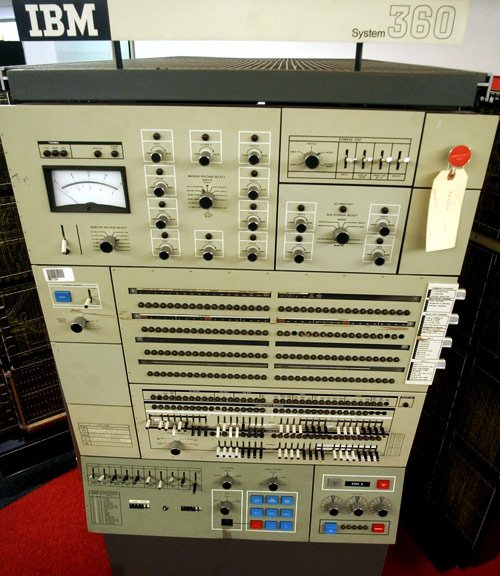Character Encoding Systems and EBCDIC
BCD, ASCII, EBCDIC are character encoding system that makes possible to represent text in Computers that solely work with numbers (binary) only.
By character encoding system, I mean a set of mappings between the bytes representing numbers in the computer and characters in a language.
EBCDIC, the abbreviation of Extended Binary Coded Decimal Interchange Code is one such encoding system that uses 8 binary digits to represent characters. You can see the characters and codes mapping on EBCDIC by clicking here.
EBCDIC was devised in 1963 and 1964 by IBM and was announced with the release of the IBM System/360 line of mainframe computers. It was created to extend BCD (Binary Coded Decimal) or BCDIC (Binary Coded Decimal Interchange Code).
Computers That Use EBCDIC
It is interesting to see that IBM was one of the major supporter of ASCII standard committee but it continued using EBCDIC in IBM System/360 mainframe computers. It must because they did not find sufficient time to develop peripherals that use ASCII.
Other computers that used EBCDIC are RCA Spectra 70, ICL System 4, and Fujitsu FACOM. All IBM mainframe and midrange peripherals and operating systems use EBCDIC as their inherent encoding.

Leave a Reply